an assemblage of difference:
BAU256 Shanghai Hongqiao Performing Arts Center
No.888 Tianshan Road, Changning District, Shanghai, China
Discipline
ArchitectureTypology
Public Public Theatre and Cinema ComplexCity
No.888 Tianshan Road, Changning District, Shanghai, ChinaDate
2006-2016Status
Completed 2016Client
Shanghai Changning Cultural BureauProgram
1000 seat theatre + support rooms, seven cinemas - 264 seat, 172 seat x 2, 105 seat, 95 seat x 2, 44 seat, café x 2, offices, underground parking (50)Shanghai Hongqiao Performing Arts Centre: An Assemblage of Difference
A Loud Context
This project is located in Tianshan Road, the new commercial boulevard in Hongqiao, one of Shanghai’s central activity districts. It replaces and expands on the existing state-run cinema centre on the site.
The site is surrounded by brightly lit shopping malls built this century. BAU decided early that to be civic and enduring in this overly excited commercial environment, doing less not more would be an effective strategy.
The project was the subject of three rounds of invited competition over 5 years before BAU was finally awarded the contract to design the
project.
Exposure to Difference
This project includes both traditional and modern programs of mass entertainment: theatre (1000 seats) and cinema (seven of various capacities). Usually seen as separate programs and increasingly supported by distinctly different user groups, this project presents the opportunity for the two different programs and variable patrons to engage.
To clearly articulate the programs as separate objects, the design strategy was to link them via one single enclosed plaza to create an in-between-space in which the differences between the programs are enhanced, the potential for cross-patronage maximised, and cross-fertilization between the performing arts
encouraged.
An Assemblage of Difference
The theatre is developed as a stone monolith (a traditional material for a traditional program) with rounded articulation and a theatrical staircase. The cinemas are an ensemble of stacked metal boxes (a 20th Century material for a 20th Century program).
The enclosed plaza has ticket offices, cafés, flexible exhibition and event space, and open views to the external plaza and streetscape. A large folded mesh screen defines this internal plaza, appearing solid in daylight and revealing the lobby when illuminated.
Timber Cave
The theatre is a 1000-seat multi-function proscenium theatre with fly tower. A balance of direct site lines and intimacy has been achieved through the addition of a balcony and the use of timber lining that wraps the space with a folded surface in the manner of the building’s façade. Contrasting with the grey stone monolithic exterior, the walls and ceilings of the interior are lined in timber, while the floors are paved in a local stone which has a remarkable timber-like texture. Dressing rooms, small rehearsal spaces, and support services are accommodated in a horizontal building at the rear. The converted containers allude to the temporal life of the theatre and its players.
Puzzling
Subway Line 15 is adjacent to the site and necessitated cantilevering structure along the North-East boundary. The building envelope is manipulated to allow sunlight into neighbouring apartments and to fit within strict setback and height controls. Earthquake requirements and a complex brief further add to the puzzle-like qualities of this project.
Sustainability
The project achieves China’s Ministry of Housing and Urban and Rural Development (MOHURD) Green star accreditation. This was a BAU initiative as it is not yet common in China. Initiatives include renewable energy flat plate solar collectors together with air-source heat pumps and a 4 tonne water storage tank producing hot water for the building. The project utilizes screw air-cooling heat pump units for its air conditioning system. Rainwater from roof and paving is harvested and reused.
Street Performance
Seeking to create an accessible and welcoming public presence, both street edges are entirely glazed with high-transparency glass sourced for this purpose. The lobby and external paving is virtually continuous to further this connection. Seating alongside planting beds on the east street edge provides shaded amenity to the public, and an open plaza on the south provides neighboring residents’ a space for dancing and informal performance.
- Infrastructure
- Public
- Residential
- Healthcare
- Education
- Culture
- Office
- Retail
- Hotel
- Hospitality
- Mixed Use
- Sports
- Planning
- Urban Design
- Public Landscapes
- Private Landscapes
- Playgrounds
- Structures & Pavillions
- Residential
- Healthcare
- Education
- Culture
- Office
- Retail
- Hotel
- Hospitality
- 2023
- 2024
- 2021
- 2020
- 2019
- 2018
- 2017
- 2016
- 2015
- 2014
- 2013
- 2012
- 2011
- 2005-2010
- 2000-2005
- 1990-2000















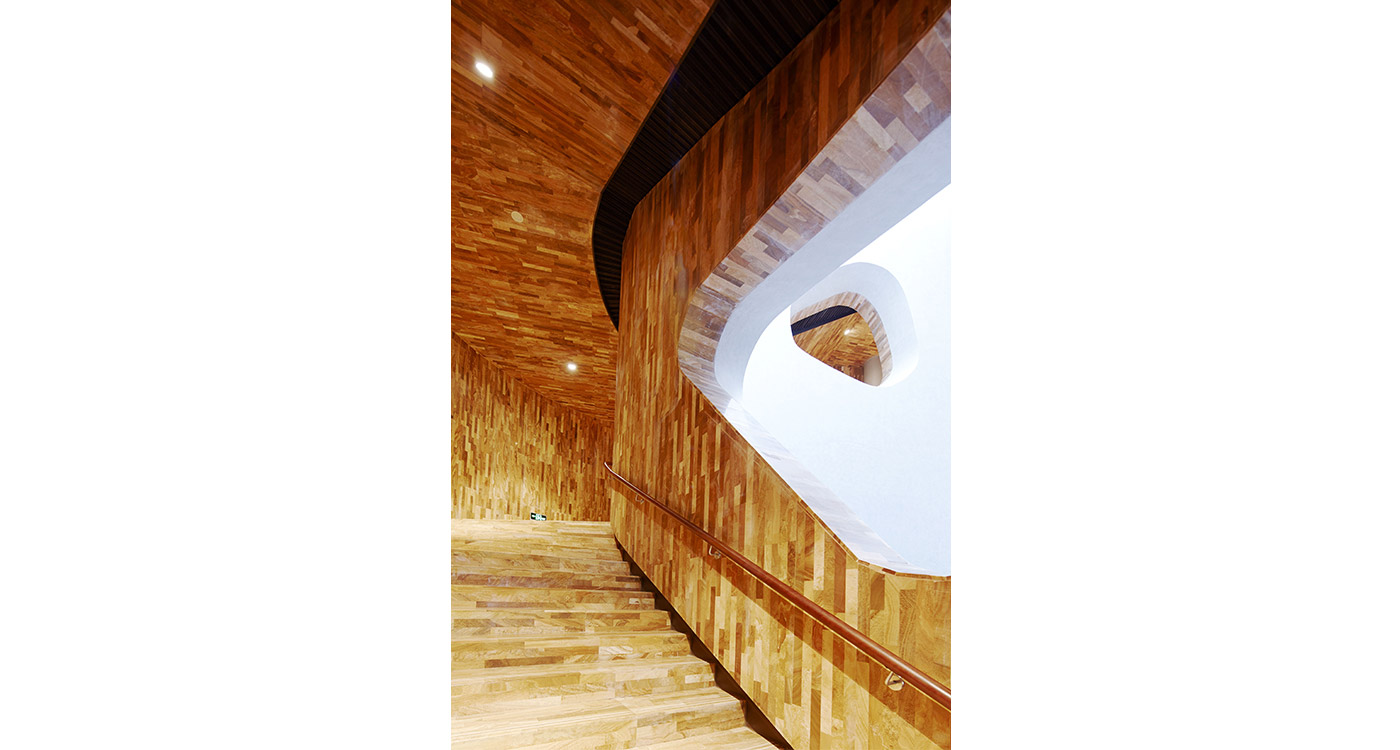
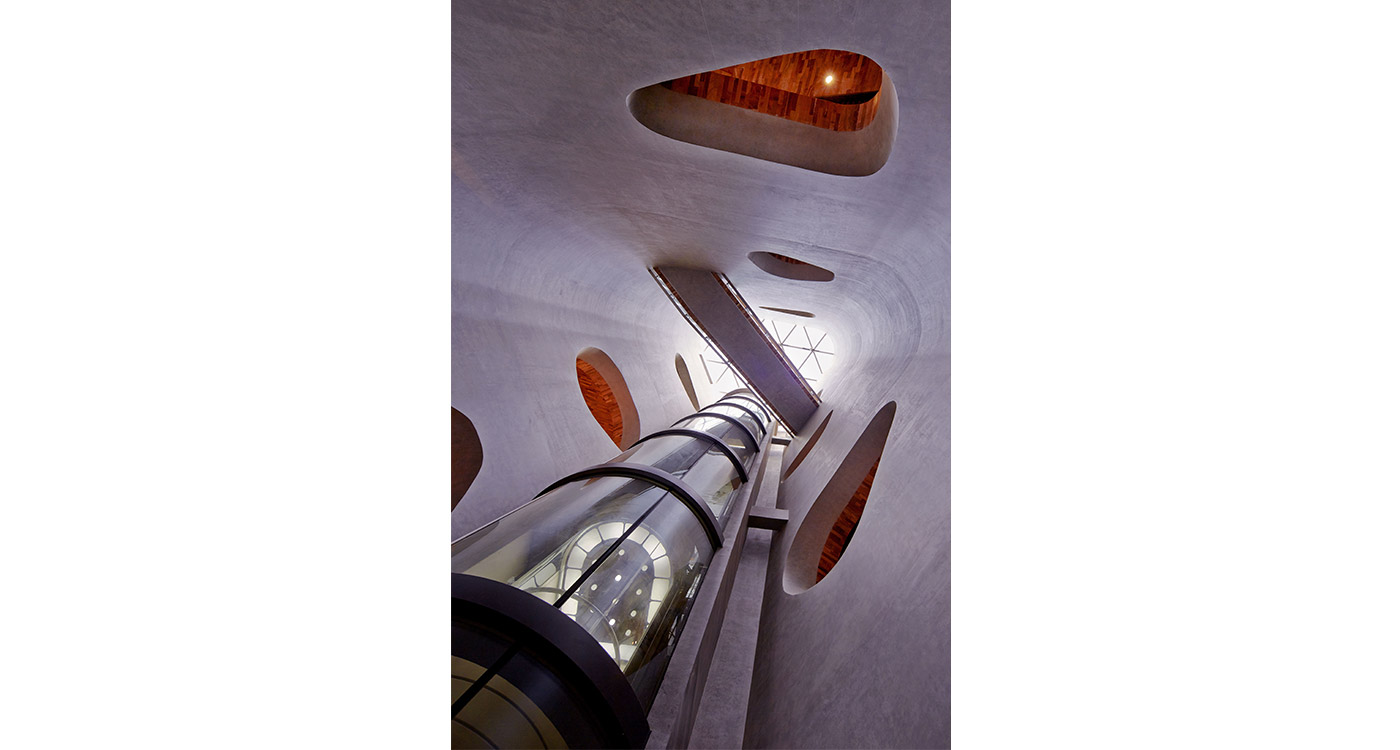

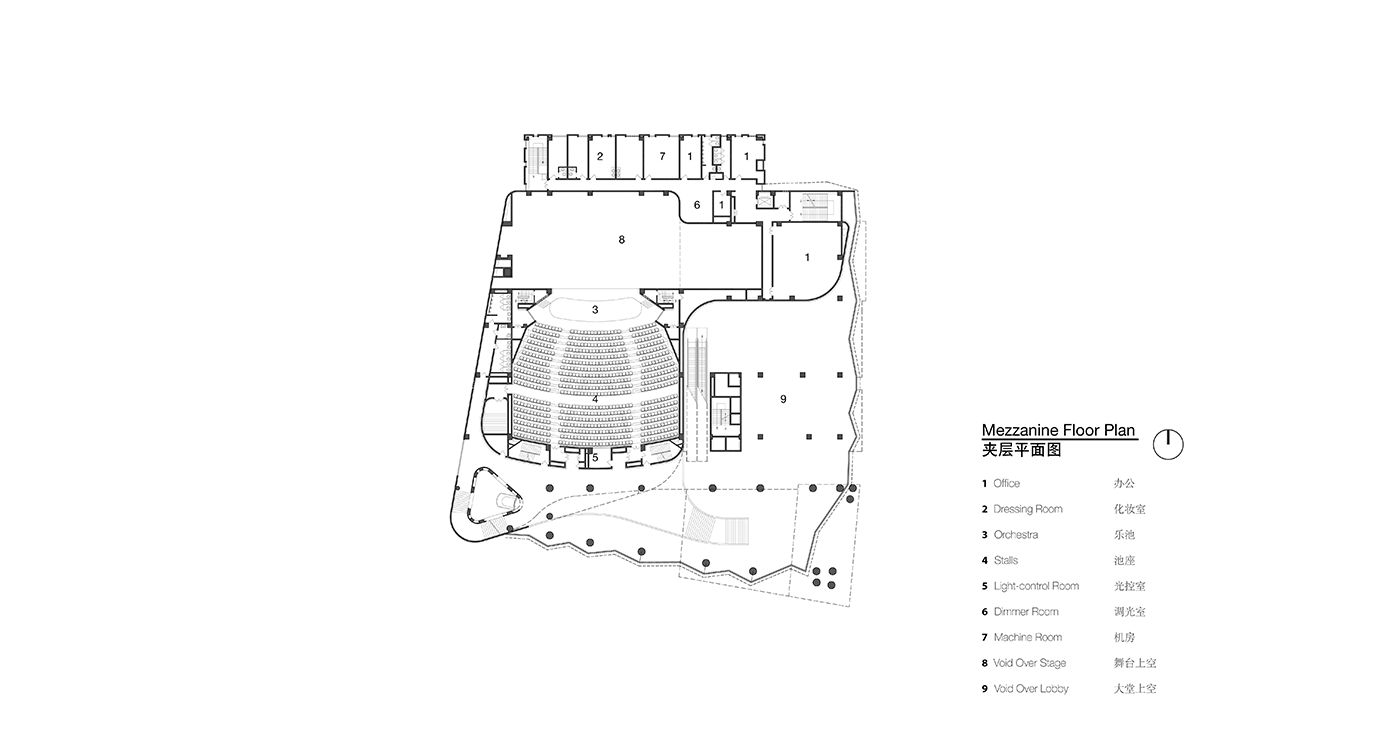















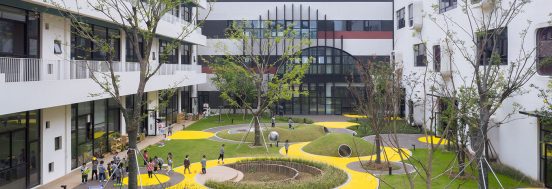











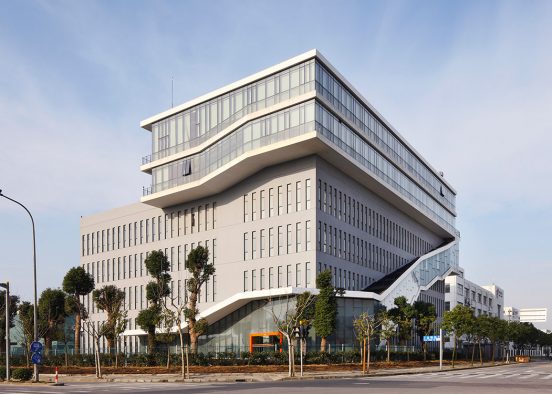


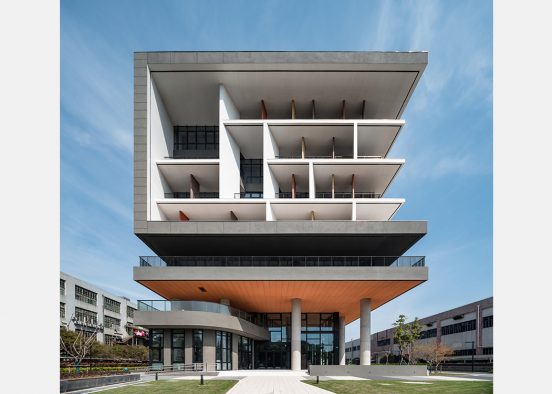


















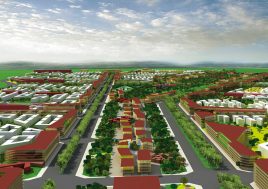





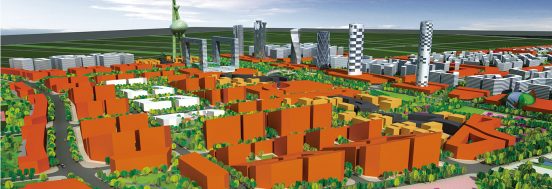







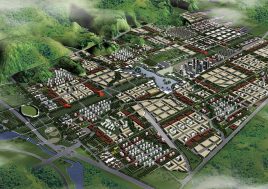










































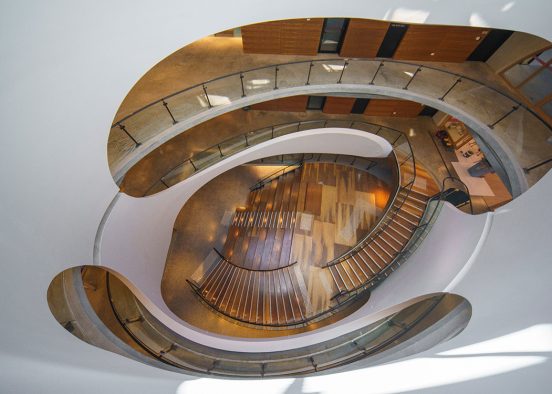








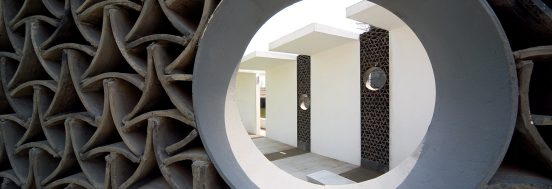

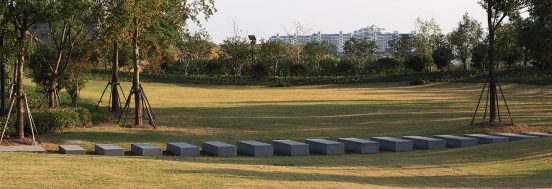
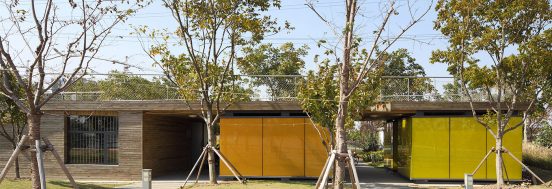


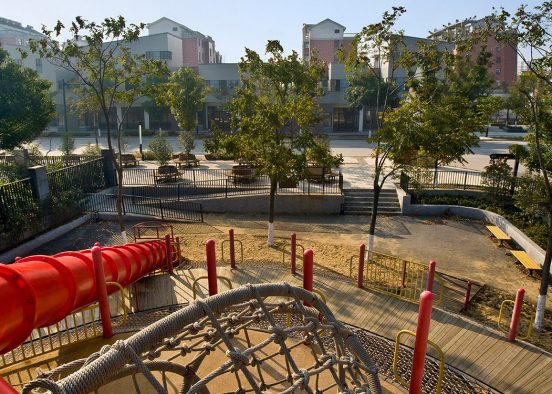













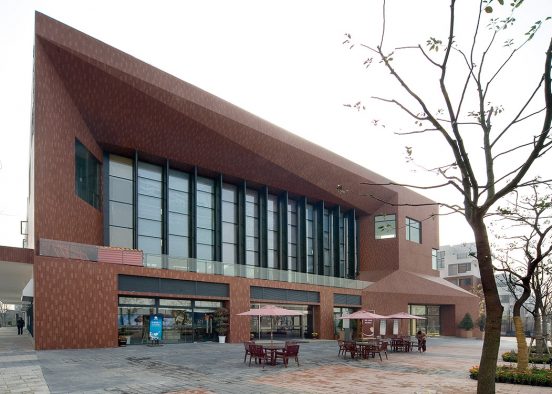
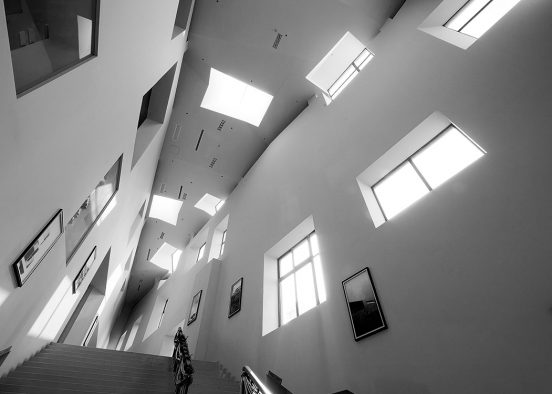
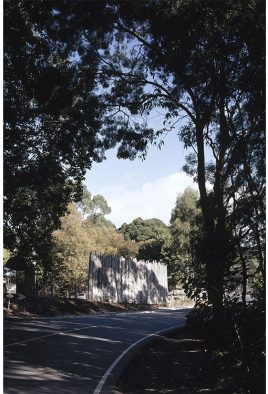
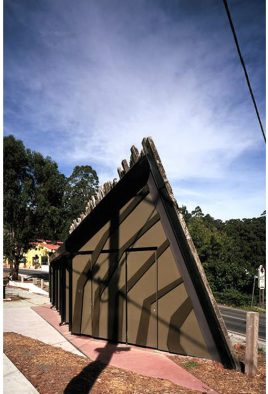













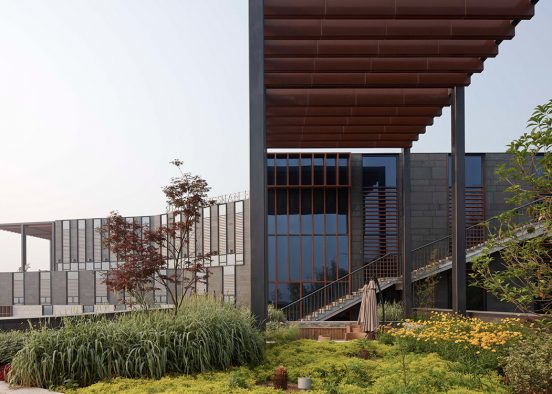








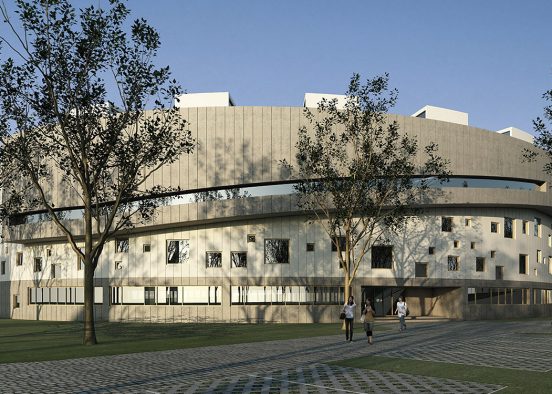







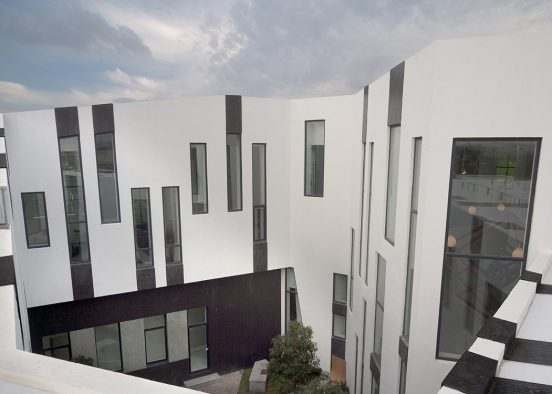








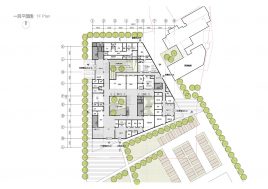


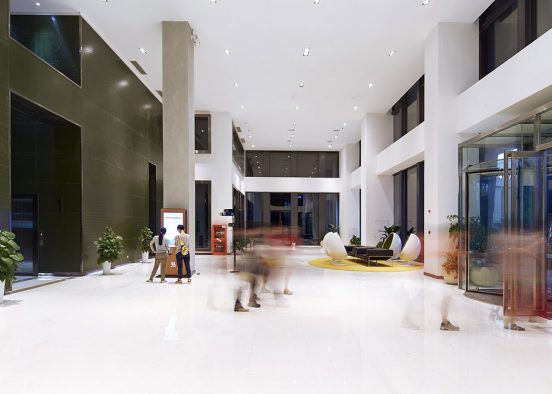

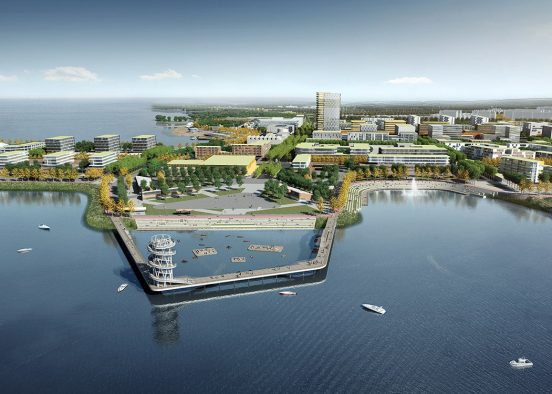





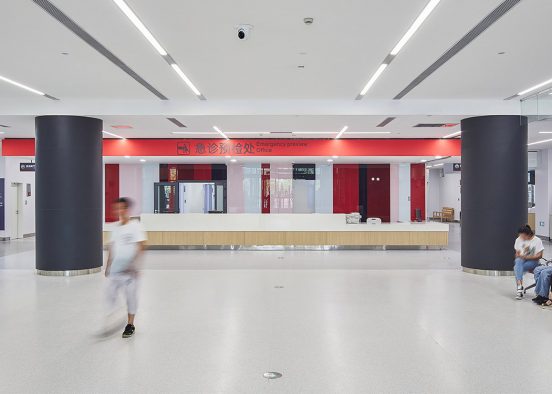




















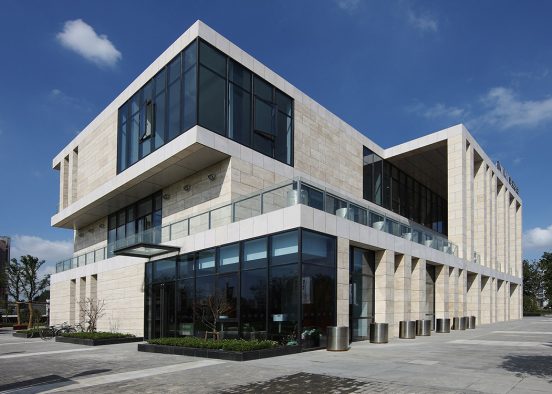










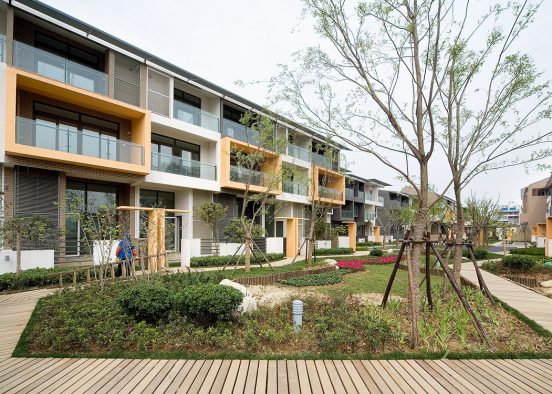
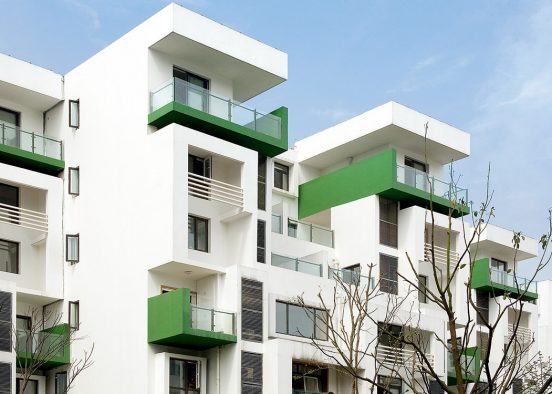









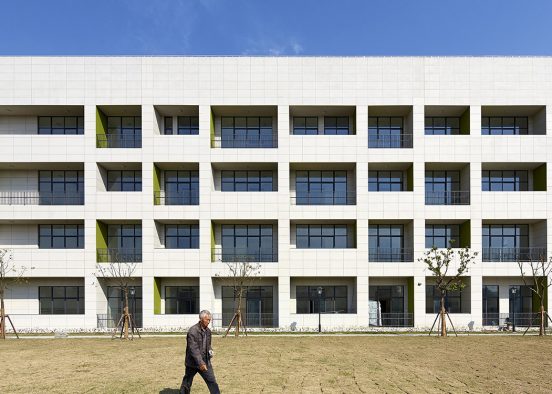
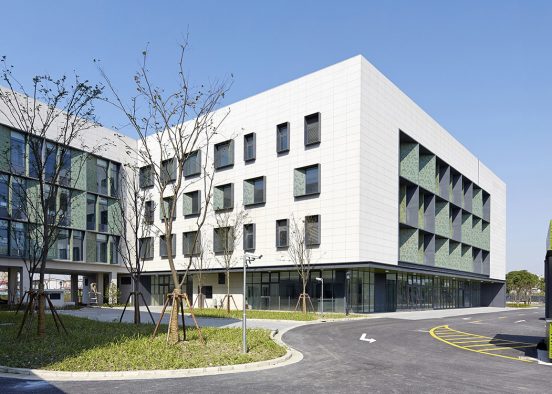


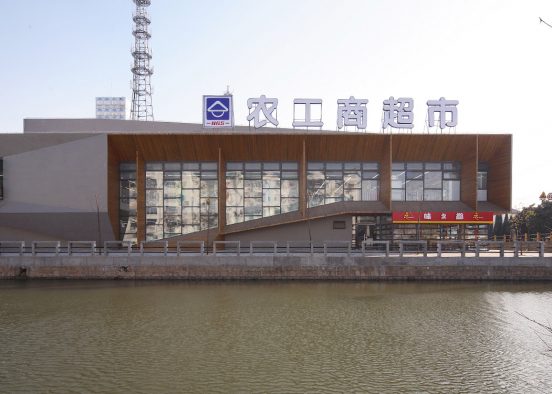
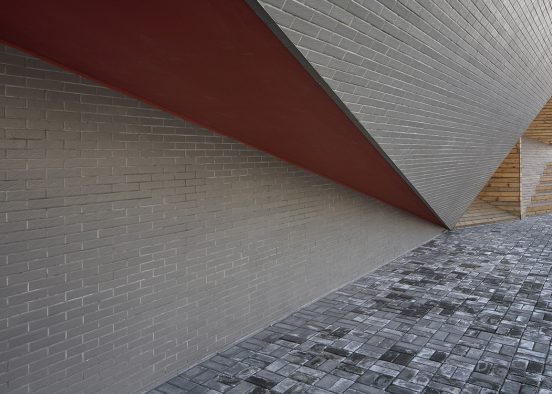

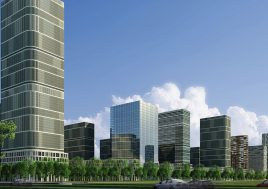



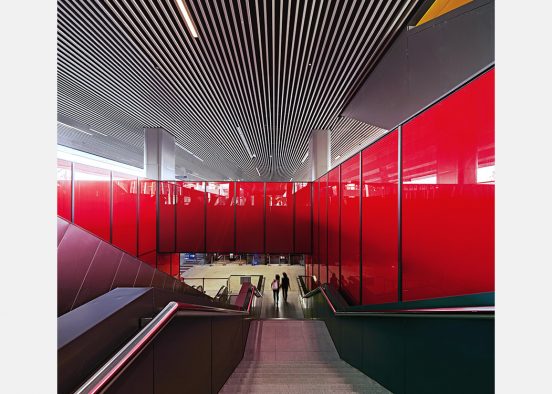


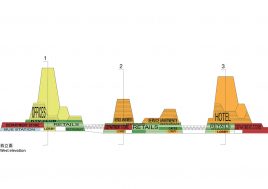







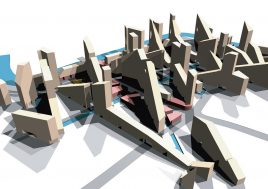



















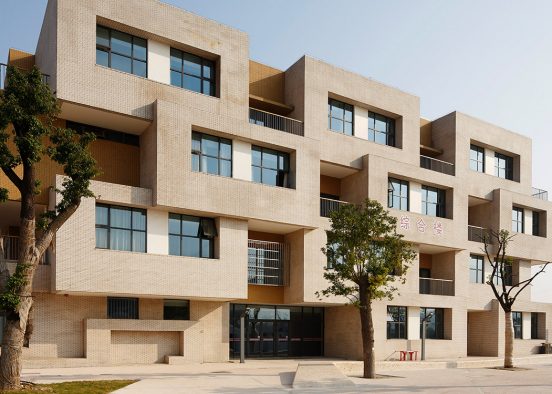



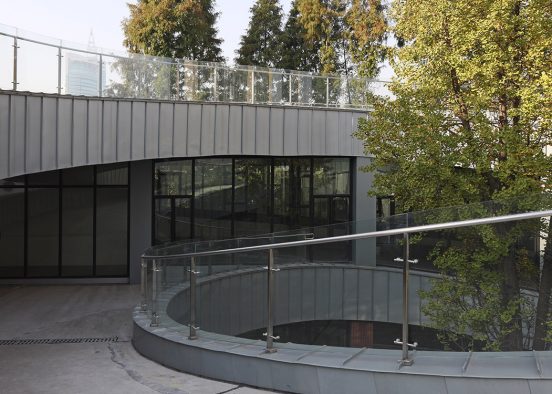
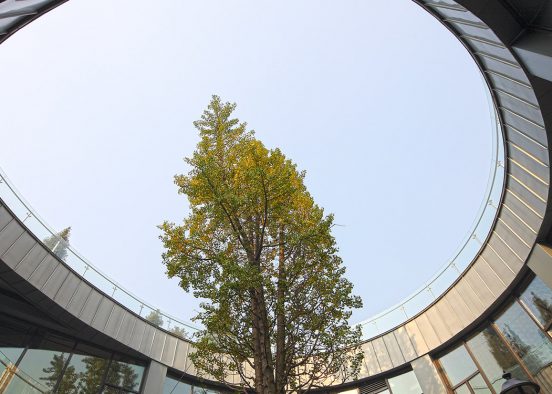



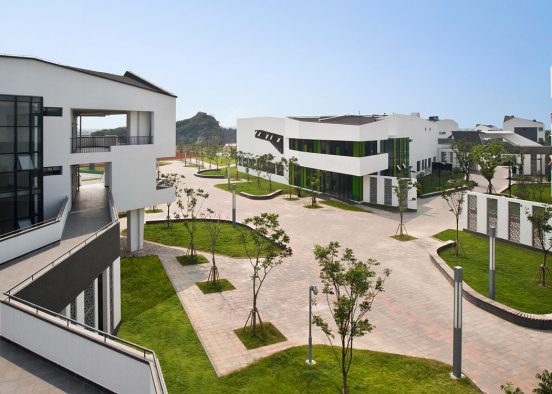




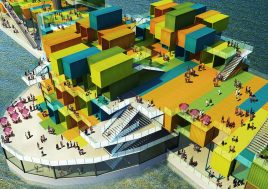












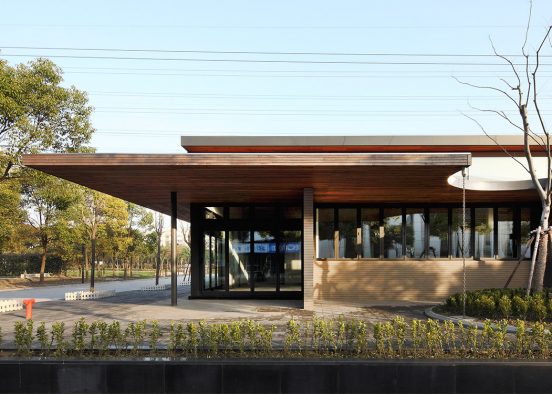








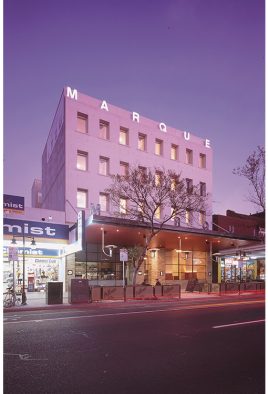














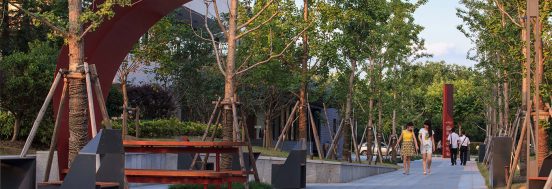

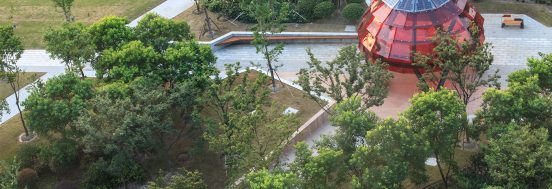

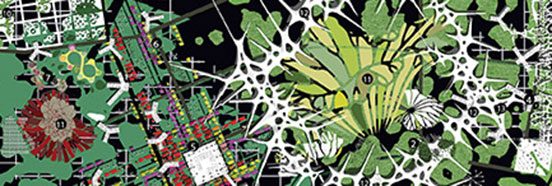













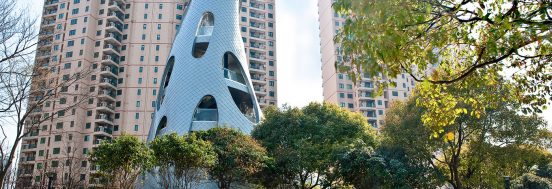
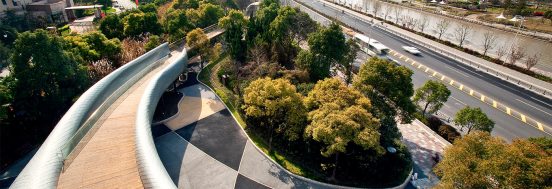




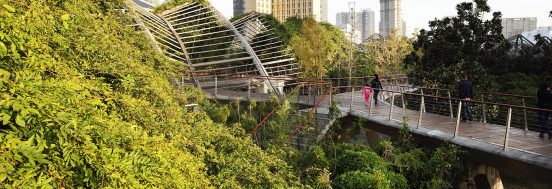
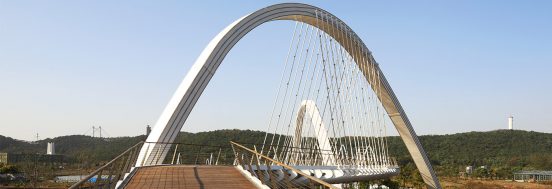
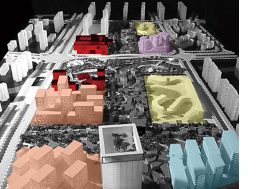

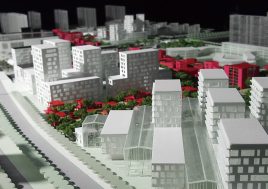






 Back to projects
Back to projects
